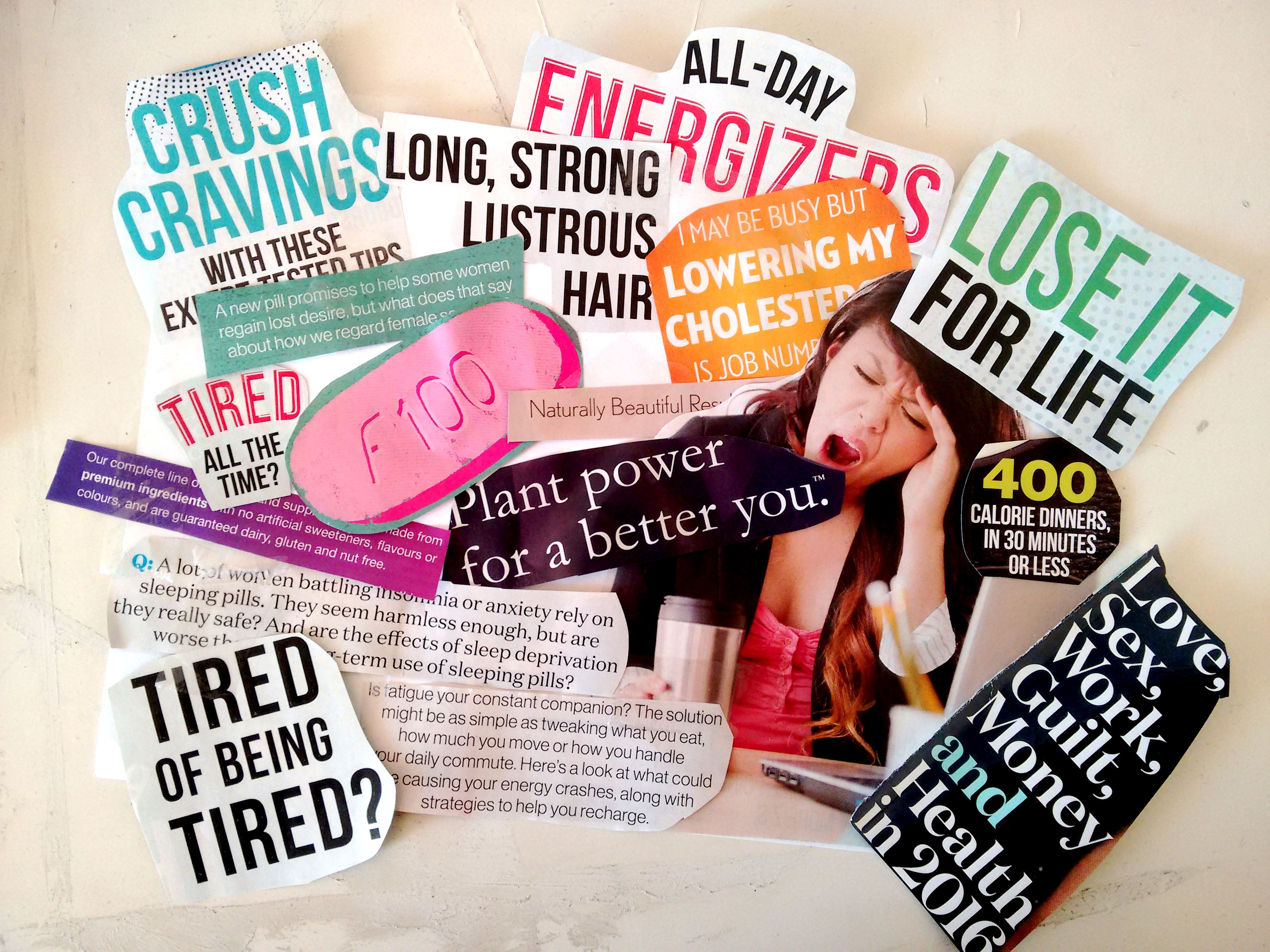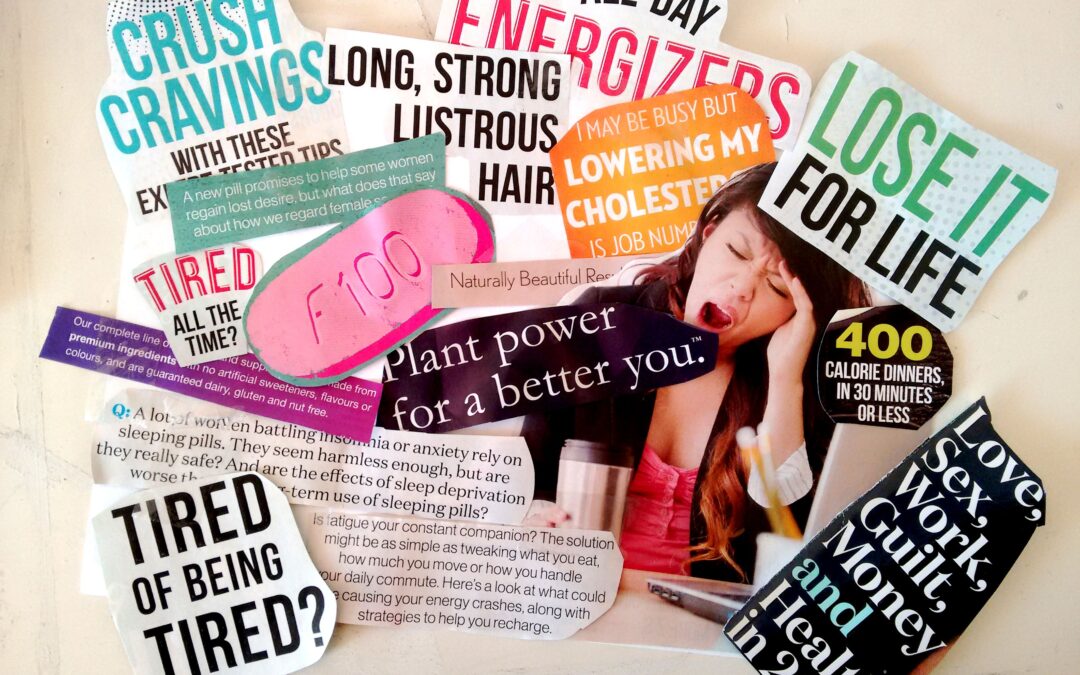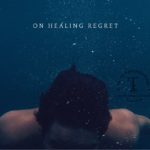I’ve come to see my migraines as an internal measuring device for wellness, or rather, lack of wellness—kind of like a very painful meat thermometer. From time to time I get bouts of low energy compelling me to spend more time doing low-key activities. However, quick browses through Facebook show me busy colleagues achieving great things and I feel guilty about my relative inaction. A little voice pipes up. “Your body is telling you to rest”, it says. “But if you just started doing things, you’d probably feel more motivation”, voices another, its opponent, the devil on my shoulder. A war ensues and then a headache settles it all. I take it easy for a while, while I’m literally knocked out of commission, in the dark, on the couch with an icepack on my head. 
L came to me for fertility, which is another litmus test for good health. When the body is struggling against some sort of imbalance or obstacle to wellness, it will not spend its resources readying eggs, ovulating and ripening uteruses. Our bodies protect us from the metabolic demands of having a pregnancy, which in our current stressed-out, unwell states we probably wouldn’t be able to handle, by simply not getting pregnant in the first place. And so, infertility is a nice entry-way to healing—patients are motivated to examine the effect of their lifestyles on their wellbeing.
The problem was, however, that L barely had time to make and attend her appointments. When she did manage to come in, she was in a rush. She’d often cancel follow-ups because she hadn’t followed through with the previous visit’s plan, even though it had been weeks before. She also reported working 50-hour weeks and staying up early into the morning to work on projects. I wondered, if she couldn’t even make an hour-long appointment with her naturopathic doctor, how would she manage growing and then giving birth to and then raising a brand new human? L simply might have not been ready to heal. Something in me fought to give her my professional assessment; in order to have the baby she wanted, she might have to give up, or significantly let up on, the demands of her job. However, how could I have made such a statement? I held my tongue and tried my best with the modalities at my disposal. We did acupuncture, CoQ10, PQQ and herbal remedies. We worked on sleep and did stress management with adaptogens. In a few months, despite the high demands of her lifestyle, L was pregnant. She still has trouble keeping her appointments with me. L’s body may now be functioning fine, but is it thriving?
Workplace wellness programs teach employees how to survive the 60+ hour workweeks in the office by doing yoga at lunch and eating healthier cafeteria food. They’re taught about stress management and, in the best of cases, given adaptogens and B-vitamins to help their bodies’ sails weather the stress-intensive storms of office life. It’s a great investment, these programs proclaim, because employees are happier, more efficient at their work and take less sick days. Workplace wellness programs keep their employees functional but, I wonder, can anyone really be well working that many hours a week?
When it comes to the health strategies we promote as a profession, how many of them are geared towards healing and how many of them are really just there to help us function?
At this stage in my career, I often have to gauge what my patients want. There are some people who come in ready to heal. They want to search for and address the real root cause of disease, no matter how elusive it may be. They are also willing to do what it takes to get better, even if it means a significant lifestyle shift. Sometimes these patients are at a point where things have gotten so bad that they have no other choice, however some of them simply intuit that the symptoms arising may be conveying a greater message; in order to be truly healthy, things might have to change. Most patients, however, come in looking to “feel better”—they simply want their symptoms to go away so they can get back to their daily lives, lives that might have made them sick in the first place. In our pharmaceutical-based Therapeutics and Prescribing exam, the goal of therapy in the oral cases was always to “restore functioning”, as if our patients were simply pieces of machinery; our parts are worn, maybe broken and we’ve gone decades without a decent oil change, but the factory declares we must get back to work as soon as possible and so we break out the duct tape. With this mindset, however, are we simply placating our bodies long enough to keep working until we eventually succumb to the next thing, a debilitating headache instead of mild fatigue, or something even worse? How long can we go suppressing symptoms or getting our bodies into decent enough shape before we realize that what we really need is some honest-to-goodness authentic healing?
Jiddu Krishnamurti, Hindu philosopher and teacher once said, “It is no measure of health to be well-adjusted to a profoundly sick society.” How much of our health marketing and wellness efforts are aimed at cleaning out the cogs in a jammed up machine so that they can go on turning smoothly again? The thought that real healing might mean dismantling the entire machine might be too radical for our society to handle. How can we address the problem of making a living if we acknowledge the fact that our lifestyle, or job, might be making us sick?
A therapist I work with (doctors need healing too!) once told me that mild to moderate depression is a sign that something in your life needs changing. “Look at the symptoms of depression,” She told me one afternoon in her office, “You lose the energy and motivation to keep going with your routine. You stop being social; all of your energy turns inwards. You focus your attention on your self and your life so that you can examine what about it is making you unhappy. Then you change it.” Then you change it, a scary thought. No wonder a tenth of the population opts for anti-depressant medication, which in some cases might be the medical equivalent of dusting oneself off and heading back to work. And, while they seem like more benign options, St. John’s Wort, B12 injections and 5HTP may not be that different.
A friend and I were talking about this very topic. He remarked that at a fitness retail store he worked at he’d often ask his female customers, “What will you be needing these yoga pants for today: form or function?” When I laughed at the shallowness of it all, he protested, “Well, some people are just going to use them to sit in coffee shops while others want to actually work out. What’s going to make your butt look great won’t necessarily be the best choice at the gym. I had to know their motivations.” Are most of our wellness efforts aimed at making our butts look great or are they filling a functional purpose?
I wonder if I should follow my friend’s lead and outright ask my patients, maybe on their intake forms, “Are you looking to truly heal today or do you just want to feel better and get back to work?”—form or function? Being candid with them, might help me decide when to schedule follow-up appointments. At any rate, it would definitely open up a conversation about expectations surrounding decent time-frames for seeing “results” and what true healing might look like for them. The trouble is, restoring functioning, if not easier, is more straight-forward. You make some tweaks to diet, correct some nutritional deficiencies and boost the adrenals or liver. It’s the medical equivalent of filling in potholes with cheap cement—it might not look pretty, but now you can drive on it. Healing, however, is more complex. It’s more convoluted, hard to define and get a firm grasp on. It is also highly individual. It might mean ripping up the entire road, plumbing and all, and building a new one or, even better, planting grass and flowers in the road’s place and nurturing that grass on a daily basis. Healing might be creating something entirely new, something that no one has ever heard of or seen before. Creating is scary. Creativity takes courage, and so does healing.
No matter what it might look like, I believe healing begins with a conversation and a willingness to look inwards, without judgement. Healing also requires an acceptance of what is, even if the individual doesn’t feel ready to take actions to heal just yet. Healing deserves us acknowledging that something is a band-aid solution. Healing definitely demands listening, especially to the body. Therefore, healing might begin in meditation. It might start with a mind-searing migraine that lands you on the couch and the thought, “What if, instead of reaching for the Advil, I just rested a little bit today?” Healing might just start there and it might never end. But, if it does, who knows where it might end up?







